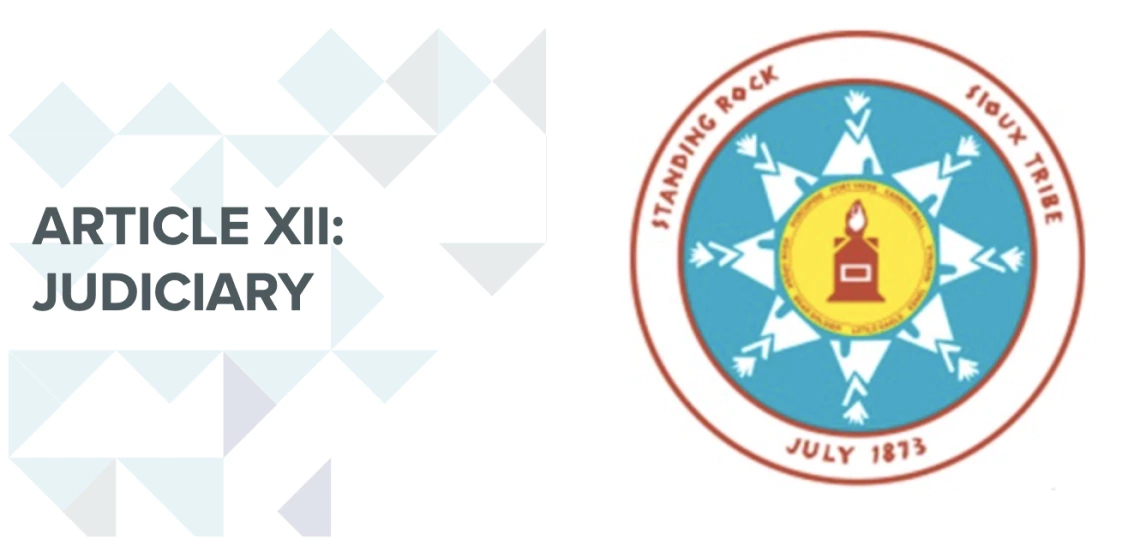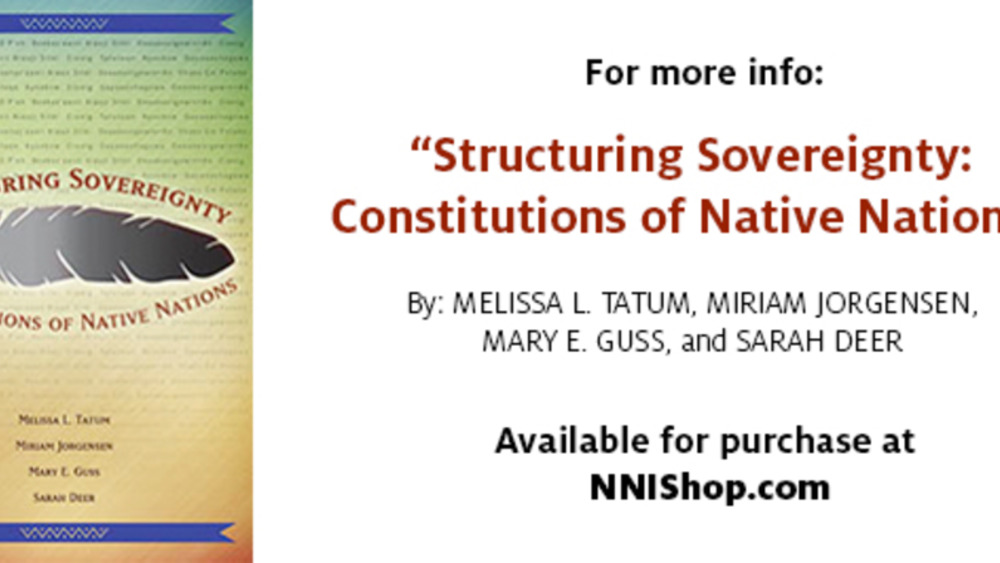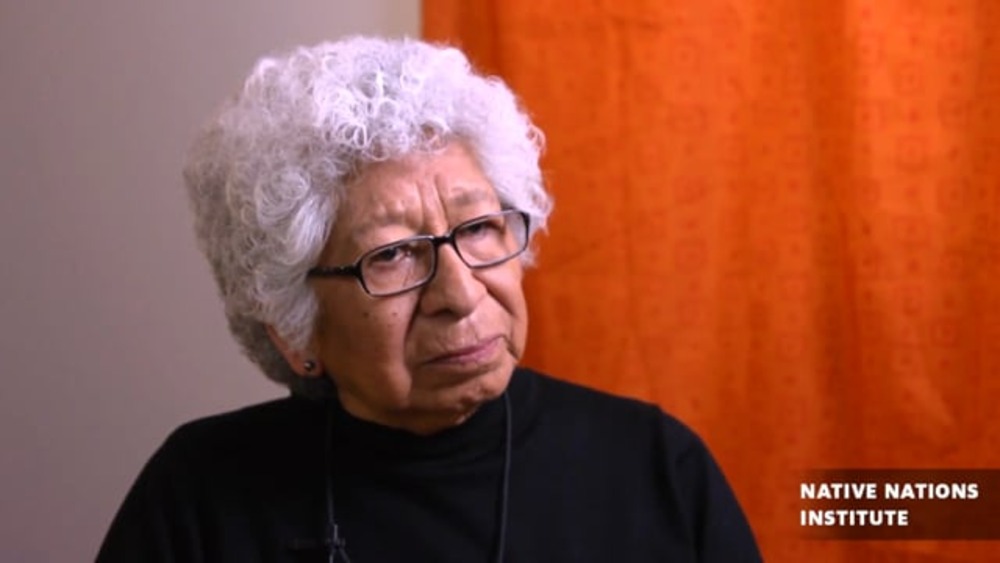ARTICLE XII: JUDICIARY
The judicial power of the Tribe shall be vested in one Supreme Court and one Tribal Court. The Judges of both the Supreme Court and the Tribal Court shall initially be appointed by a two-thirds majority vote of the Tribal Council to serve an initial term of office ending on the date of the next regular Tribal election. At that election, a referendum shall be held by all the qualified voters of the Tribe to determine whether each appointed Judge and each other Judge whose term of office expires with the date of that election shall be retained in office. If a Judge is retained in office by a majority of the votes cast, he shall serve a four year term. If a Judge is not retained in office by the voters, the Tribal Council shall appoint a successor and the Judge shall remain in office until his
successor is so appointed and sworn in.
The judicial power shall extend to all cases in law and equity arising under this Constitution, customs or the laws of the Tribe, and to any case in which the Tribe, a member of the Tribe, an Indian residing on the Reservation or a corporation or entity owned in whole or in substantial part by any Indian shall be a party.
The Tribal Council shall, by ordinance, establish the minimum qualifications for Supreme Court and Tribal Court Judges. No Judge shall be removed from office except upon written charge of specific misconduct in office, or medical inability to carry out the duties of office, adopted by a two-thirds majority vote of the Tribal Council after a hearing with reasonable prior notice to the Judge.
Additional Information
Standing Rock Sioux Tribe. 1959. "Constitution of the Standing Rock Sioux Tribe." Fort Yates, ND.




